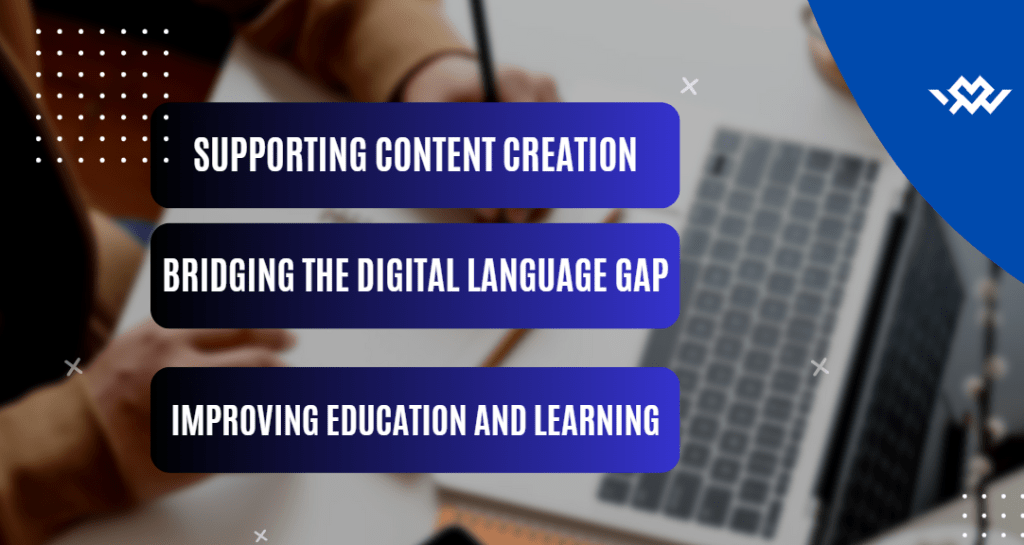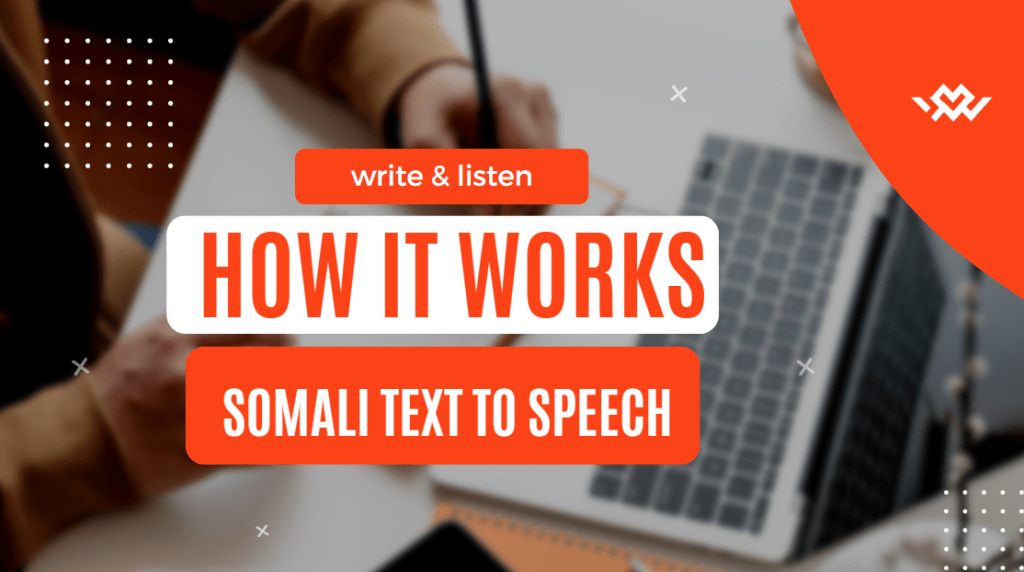The evolution of text-to-speech (TTS) technology has opened doors for linguistic diversity, and Somali text to speech solutions are playing a crucial role in making digital content more accessible. Whether for education, entertainment, or assistive technology, TTS systems provide a seamless way to convert written Somali text into natural-sounding speech.
As more digital platforms and businesses recognize the need for multilingual support, the development of high-quality Somali text to speech models is gaining momentum. This article explores the importance of TTS for the Somali language, its benefits, current advancements, and how it enhances user experiences across different industries.
What is Somali Text to Speech?
Somali text to speech (TTS) is an AI-powered technology that converts written Somali text into spoken words. Using advanced machine learning, natural language processing (NLP), and speech synthesis, TTS solutions create realistic voice outputs that sound human-like.
This technology is particularly useful for people who prefer auditory content over reading, individuals with visual impairments, and businesses looking to expand their reach to Somali-speaking audiences.
Why is Somali Text to Speech Important?

With over 20 million Somali speakers worldwide, the need for Somali text to speech is greater than ever. Here’s why it’s essential:
1. Enhancing Accessibility
- Helps visually impaired individuals by reading out digital content.
- Assists people with reading difficulties or learning disabilities.
- Provides voice support for websites, apps, and e-learning platforms.
2. Bridging the Digital Language Gap
- Many global text-to-speech platforms lack Somali language support.
- Improves the availability of digital content for Somali-speaking users.
- Encourages local businesses and educational institutions to adopt technology-driven solutions.
3. Improving Education and Learning
- Enables audio-based learning for students and language learners.
- Helps Somali speakers improve pronunciation and fluency.
- Assists in translating and vocalizing educational materials.
4. Supporting Content Creation
- Provides voiceovers for YouTube videos, podcasts, and audiobooks.
- Helps businesses create automated customer service responses.
- Makes online blogs and articles more engaging through audio formats.
How Somali Text to Speech Works

The process of Somali text to speech synthesis involves several key components:
- Text Processing: The system analyzes the Somali text, understanding grammar, punctuation, and context.
- Linguistic Analysis: It breaks down words and sentences to determine pronunciation and intonation.
- Speech Synthesis: Using AI, the system converts the processed text into natural-sounding speech.
- Voice Output: The final audio is generated, ready for playback on different devices.
Advanced Somali TTS solutions incorporate deep learning algorithms to ensure the voice output is as human-like as possible.
Applications of Somali Text to Speech Technology
The growing demand for Somali text to speech technology has led to its adoption across various industries. Here are some of its key applications:
1. Education and E-Learning
- TTS helps students by reading digital textbooks, assignments, and research materials.
- Language learners use it to improve Somali pronunciation and comprehension.
- Teachers create engaging learning materials with audio narration.
2. Assistive Technology for People with Disabilities
- Supports visually impaired individuals by converting written content into speech.
- Assists people with dyslexia or reading difficulties.
- Enables hands-free reading experiences through AI-powered voice assistants.
3. Media and Entertainment
- Somali content creators use TTS for podcasts, audiobooks, and voiceovers.
- AI-generated Somali voices enhance gaming experiences and animations.
- News websites implement TTS to read articles aloud for users.
4. Customer Service and Virtual Assistants
- Businesses integrate Somali TTS into chatbots and automated customer support systems.
- Call centers use AI-driven voice responses for Somali-speaking customers.
- Voice-enabled applications enhance the accessibility of digital services.
5. Navigation and Smart Devices
- GPS navigation systems use Somali TTS to provide spoken directions.
- Smart home assistants (like Alexa and Google Assistant) could incorporate Somali voice support.
- Mobile apps improve user experiences with text-to-speech interactions.
Best Somali Text to Speech Tools and Software
While Somali text to speech technology is still evolving, several platforms offer TTS support for Somali or plan to include it in their services. Some notable options include:
- Google Cloud Text-to-Speech: Provides AI-powered voice synthesis with multilingual support, though Somali support is limited.
- Free Somali (Somalia) Text to Speech
- Narakeet
- freereadtext
For Somali-specific TTS, developers and researchers are actively working on creating open-source models to improve the availability of high-quality Somali voices.
Challenges in Somali Text to Speech Development
Despite its potential, the development of Somali text to speech technology faces some challenges:
1. Limited Data Availability
- AI models require extensive Somali text and voice data to improve accuracy.
- Lack of digitized Somali text resources slows down progress.
2. Pronunciation and Accent Variability
- The Somali language has different dialects, affecting speech synthesis.
- TTS models must adapt to regional pronunciation differences.
3. Funding and Research
- Development of high-quality TTS requires investment in AI research.
- Many tech companies focus on larger languages, leaving Somali TTS underfunded.
4. Integration with Existing Platforms
- Limited support in major TTS providers like Google and Amazon.
- Businesses need affordable and scalable solutions for Somali voice integration.
The Future of Somali Text to Speech

As AI and machine learning continue to evolve, the future of Somali text to speech looks promising. Here’s what we can expect:
- More Realistic AI Voices: Advancements in deep learning will enhance the naturalness of Somali speech synthesis.
- Greater Industry Adoption: Businesses, educators, and content creators will increasingly rely on Somali TTS solutions.
- Open-Source Contributions: Developers and researchers will contribute to open-source Somali TTS projects.
- Integration with Global Tech Giants: Major companies like Google, Amazon, and Microsoft may expand Somali language support.
The continued development of Somali text to speech technology will ensure better accessibility, inclusivity, and digital engagement for Somali speakers worldwide.
Conclusion
The rise of Somali text to speech technology is revolutionizing how Somali speakers interact with digital content. From enhancing accessibility to supporting education, media, and business applications, TTS is proving to be a game-changer.
While challenges remain in developing high-quality Somali TTS solutions, ongoing research and AI advancements are paving the way for a future where Somali speech synthesis is as seamless and natural as any other major language.
As demand for digital Somali content grows, investing in Somali text to speech technology will help bridge the linguistic digital divide and create new opportunities for communication and engagement.
Would you like to explore specific Somali TTS tools or learn how to integrate this technology into your business? Let’s discuss in the comments!




